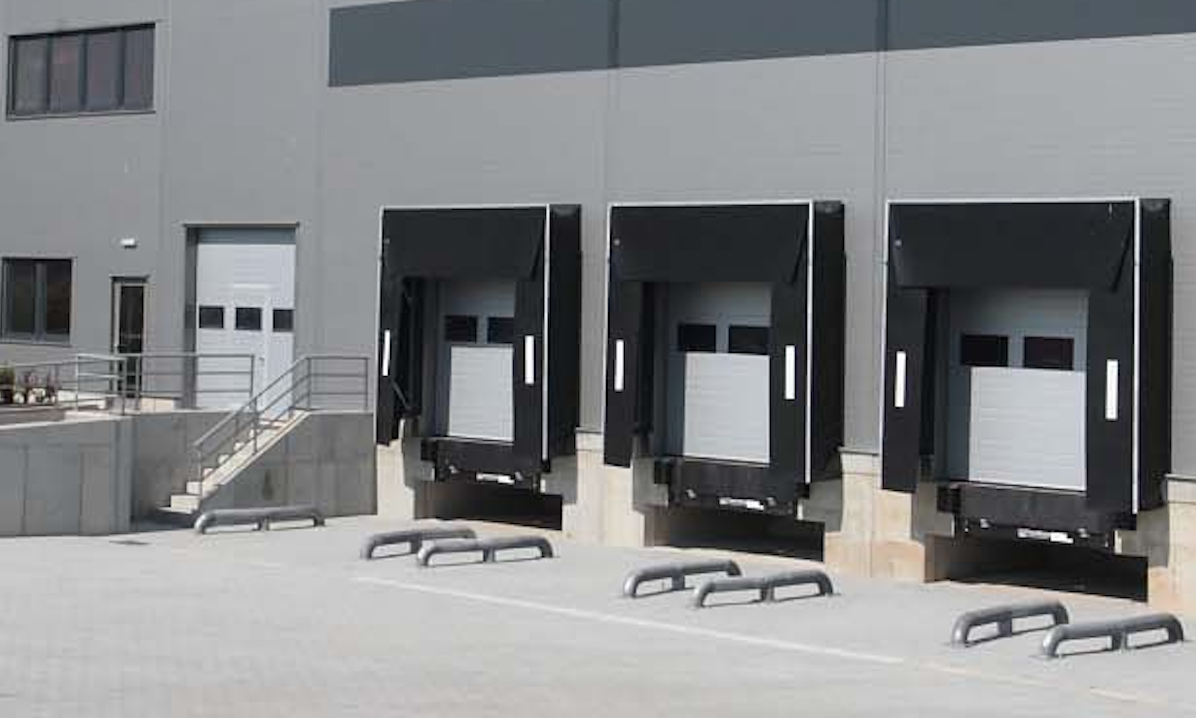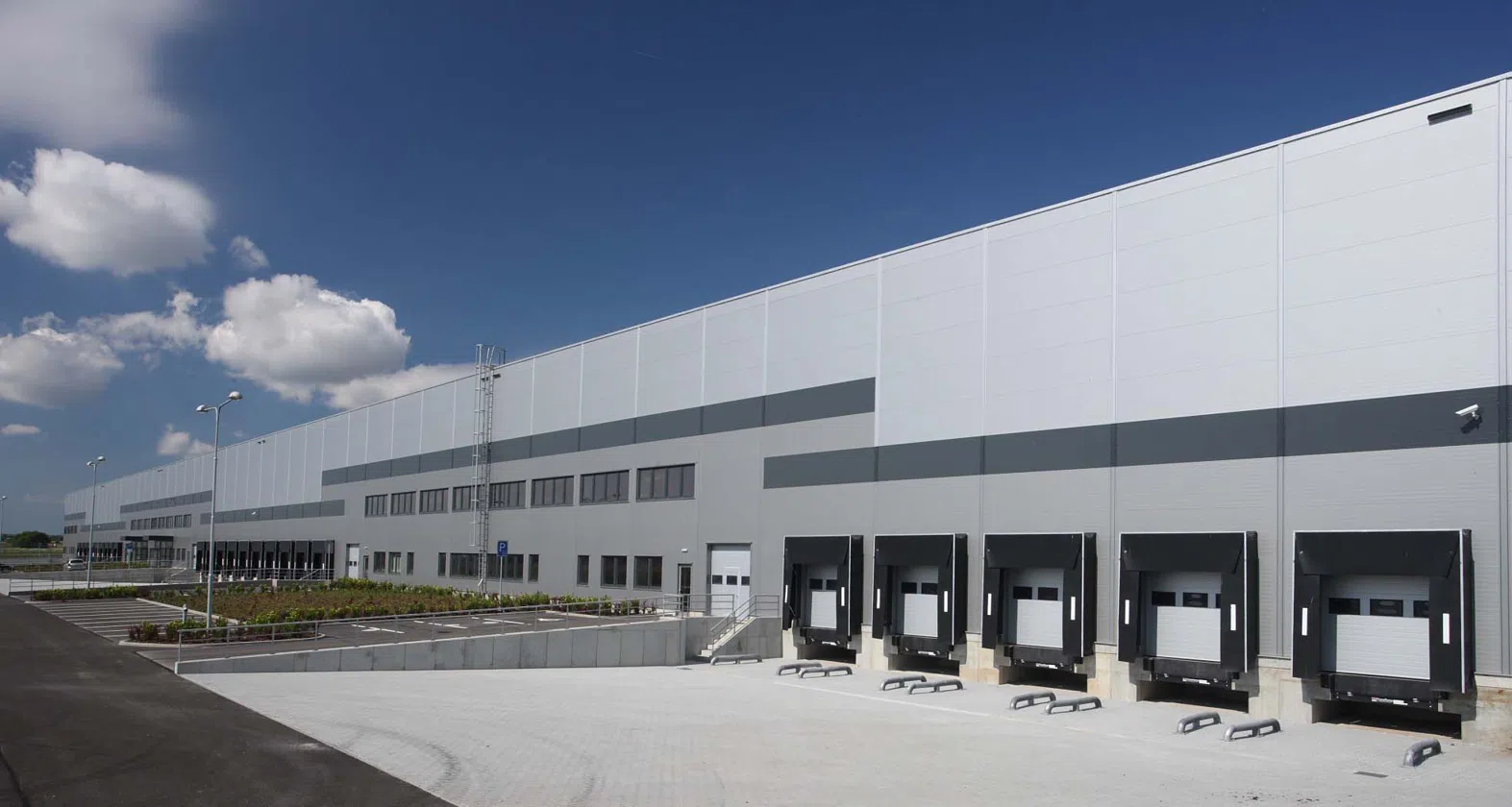Understanding Dock Wells: Definition, Uses, and Warehouse Advantages
Last Updated Sept. 20, 2024
See Our List of Metro Home Pages and Select/View Yours

Explore how dock wells enhance warehouse operations by providing both dock-high loading and grade-level access, and learn best practices for implementation.
Introduction
Efficient loading and unloading are critical for warehouse operations. Dock wells, also known as truck wells, offer a unique solution by enabling dock-high loading for grade-level warehouses. This article delves into what dock wells are, their advantages and disadvantages, and how they compare to other loading solutions.
Table of Contents
- What is a Dock Well?
- Advantages of Dock Wells
- Disadvantages of Dock Wells
- Comparing Dock Wells to Other Loading Solutions
- Best Practices for Implementing Dock Wells
- Frequently Asked Questions
- Related Resources
- Conclusion
- Contact Us
What is a Dock Well?
Definition
A dock well is an excavated area in front of a loading dock door that allows trucks to back into a position where their trailers are level with the warehouse floor. This setup is particularly useful for grade-level warehouses that are built at ground level but require dock-high loading capabilities.
How Dock Wells Work
By lowering the truck’s position relative to the warehouse floor, dock wells enable a seamless transition for loading and unloading goods. Trucks back into the well, and the trailer bed aligns with the dock, facilitating the use of forklifts and pallet jacks without the need for ramps or additional lifting equipment.
Advantages of Dock Wells
1. Dual Access
Dock-High and Grade-Level Access: Dock wells allow warehouses to maintain ground-level entry for personnel and equipment while also providing dock-high loading for trucks.
2. Cost-Effectiveness
Construction Savings: Building at grade level is generally less expensive than constructing an elevated dock-high facility.
Flexibility: Ideal for warehouses that handle a variety of vehicles and loading requirements.
Disadvantages of Dock Wells
1. Space Requirements
Maneuvering Space: Dock wells require additional land to accommodate the turning radius and backing space for large trucks.
2. Water Drainage Issues
Potential for Flooding: Dock wells are below ground level and can collect rainwater.
Mitigation: Requires installation of sump pumps or drainage systems to evacuate water.
3. Loading Challenges
Sloped Trailers: If the well is not long enough, trailers may slope at too much of a downward angle when parked, complicating loading and unloading.
Load Stability: Uneven trailer positioning can affect the stability of goods during handling.
Comparing Dock Wells to Other Loading Solutions
1. Dock-High Buildings
Elevated Structures: Warehouses built with floors approximately 4 feet above ground level to match standard trailer heights.
Pros: Simplifies truck docking without the need for wells.
Cons: More expensive construction; requires ramps for ground-level access.
2. Ramps and Elevated Platforms
External Ramps: Used to elevate vehicles to dock height.
Pros: Less excavation required; adaptable to existing structures.
Cons: Takes up significant space; can be steep and pose safety risks.
Best Practices for Implementing Dock Wells
Design Considerations
- Optimal Depth: Ensure the well is deep enough to keep the trailer level with the dock.
- Adequate Space: Provide sufficient room for truck maneuvering.
- Drainage Systems: Install effective drainage to prevent water accumulation.
Maintenance Tips
- Regular Inspections: Check for cracks, water damage, and debris.
- Pump Maintenance: Ensure sump pumps and drainage systems are functioning properly.
- Safety Measures: Install proper lighting and signage around the dock well area.
Frequently Asked Questions
What is a Truck Well?
A truck well is another term for a dock well. It is an excavated area that allows trucks to lower into a position where their trailer beds align with the warehouse dock for efficient loading and unloading.
How Does a Dock Well Improve Efficiency?
By providing both dock-high and grade-level access, dock wells enhance operational flexibility. They allow warehouses to handle different types of vehicles and loading requirements without significant alterations to the building structure.
What are the Alternatives to Dock Wells?
Alternatives include constructing a dock-high building or using ramps and elevated platforms to achieve the necessary height for loading dock operations. Often, buildings are constructed at heights less than 4 feet, resulting in the need for dock wells that are less deep and cumbersome.
Related Resources
- How to Add Dock-High Capability to an Existing Grade-Level Building
Explore methods to modify your existing warehouse for dock-high loading.
- Important Criteria for Selecting Warehouses
Learn about key factors to consider when renting, leasing, or purchasing warehouse space.
- Understanding Dock-High Loading
A comprehensive guide on dock-high loading and its impact on warehouse efficiency.
Conclusion
Dock wells offer a practical solution for warehouses needing both grade-level and dock-high access. While they come with certain challenges like space requirements and potential drainage issues, their advantages in flexibility and cost savings make them a valuable asset in warehouse design.
Contact Us
Are you looking for warehouse space with optimal loading configurations? Do you need to renew your lease or explore new options?
- Get Started: Contact Warehouse Finder today to find the perfect solution for your needs.
- Call Us: Reach us at the phone number located at the top right of this page.
- Chat With Us: Use the chat widget in the lower right corner for immediate assistance.
